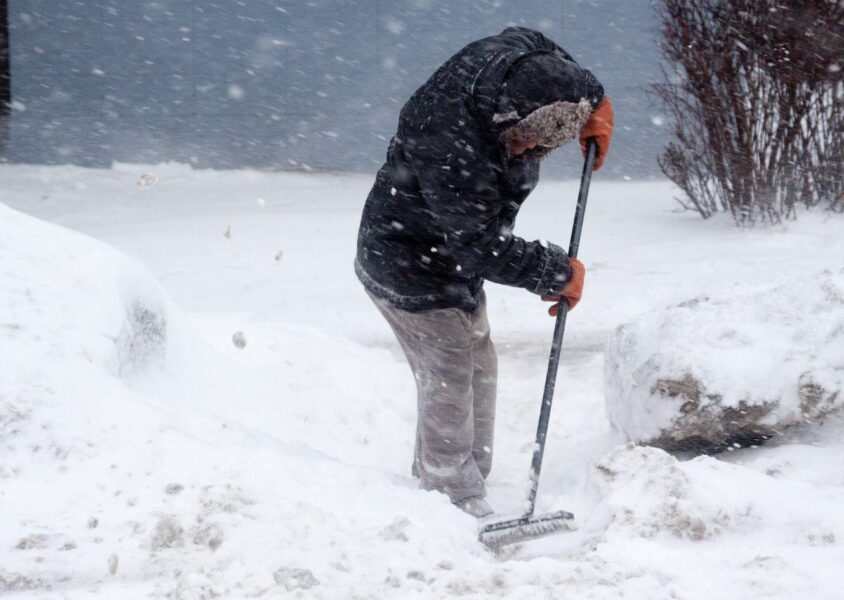Wind Chill Can Be Deadly

During an arctic storm, like winter storm Elliott, the wind chill temperature can be extremely cold. It can pose a significant risk to people exposed to the elements. Strong winds and extremely low temperatures characterize Arctic storms, which can make it difficult for the body to maintain its core temperature.
Arctic storms are characterized by cold, dry air, which can cause the temperature to drop significantly. The cold air typically associates with high-pressure systems that move southward from the Arctic, bringing very cold temperatures.
The wind chill is the body’s temperature when the effects of wind and cold are combined.
How Wind Chill Works
The wind chill temperature is typically lower than the actual air temperature because wind can remove the layer of warm air that surrounds the body, causing the body to lose heat more quickly.
The body generates heat through metabolism, which maintains the body’s core temperature. The body’s core temperature surrounds with a layer of warm air, which acts as an insulator to help keep the body warm. When the body exposes to cold temperatures, it loses heat to the surrounding environment through conduction, convection, and radiation.
Wind increases the rate of heat loss by removing the layer of warm air that surrounds the body and replacing it with colder air. That makes it more difficult for the body to maintain its core temperature, and it will start to feel colder.
You can calculate the temperature using a formula that considers the wind speed and the air temperature. The colder the air temperature and the stronger the wind, the lower the wind chill temperature.
It Is Risky
Wind chill can cause the body’s core temperature to drop. That can lead to hypothermia, a condition in which the body’s temperature falls below normal. Symptoms of hypothermia include shivering, fatigue, confusion, and slurred speech. In severe cases, hypothermia can lead to unconsciousness and even death.
Wind chill can also increase the risk of frostbite. It is a condition in which the skin and tissues freeze due to exposure to cold temperatures. Frostbite typically affects the extremities, such as the fingers, toes, nose, and ears. It can cause permanent damage if left untreated. In addition, wind chill can make it more difficult for the body to stay warm and can lead to fatigue. This fatigue can increase the risk of accidents, such as falls and car accidents.
Wear appropriate clothing, stay dry, and avoid staying outside for extended periods. If you start to feel cold or experience any symptoms of hypothermia or frostbite, seek shelter and warm up as soon as possible.